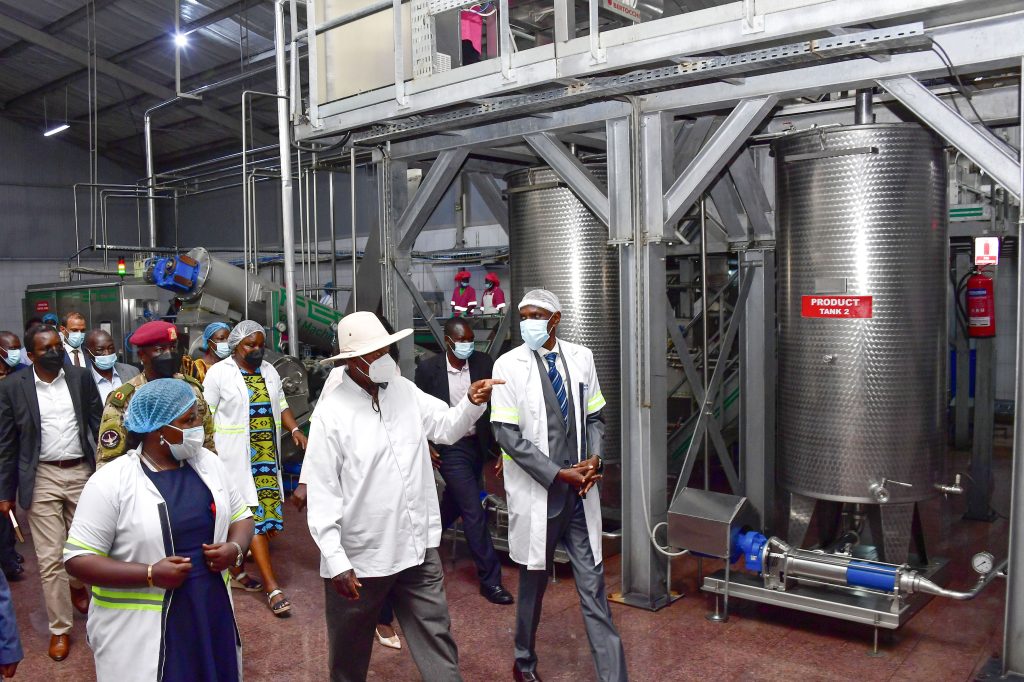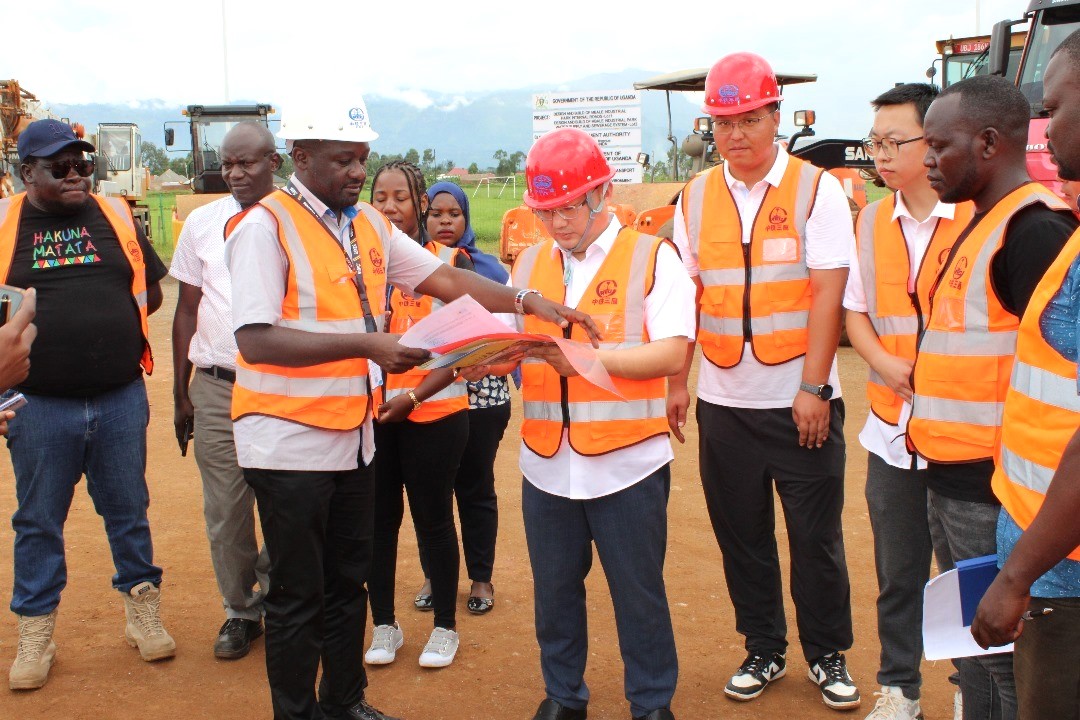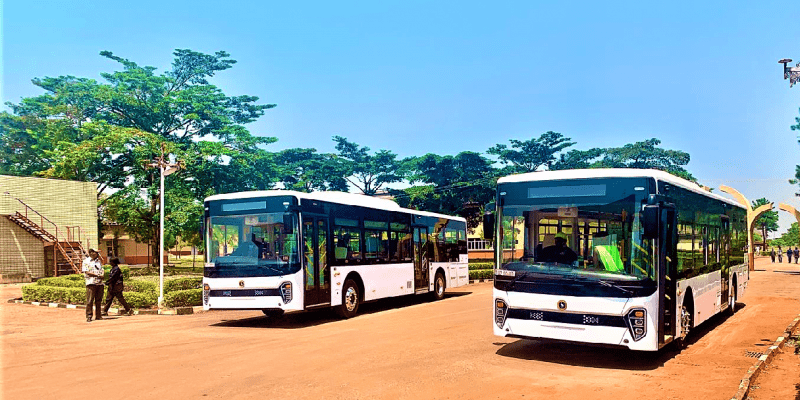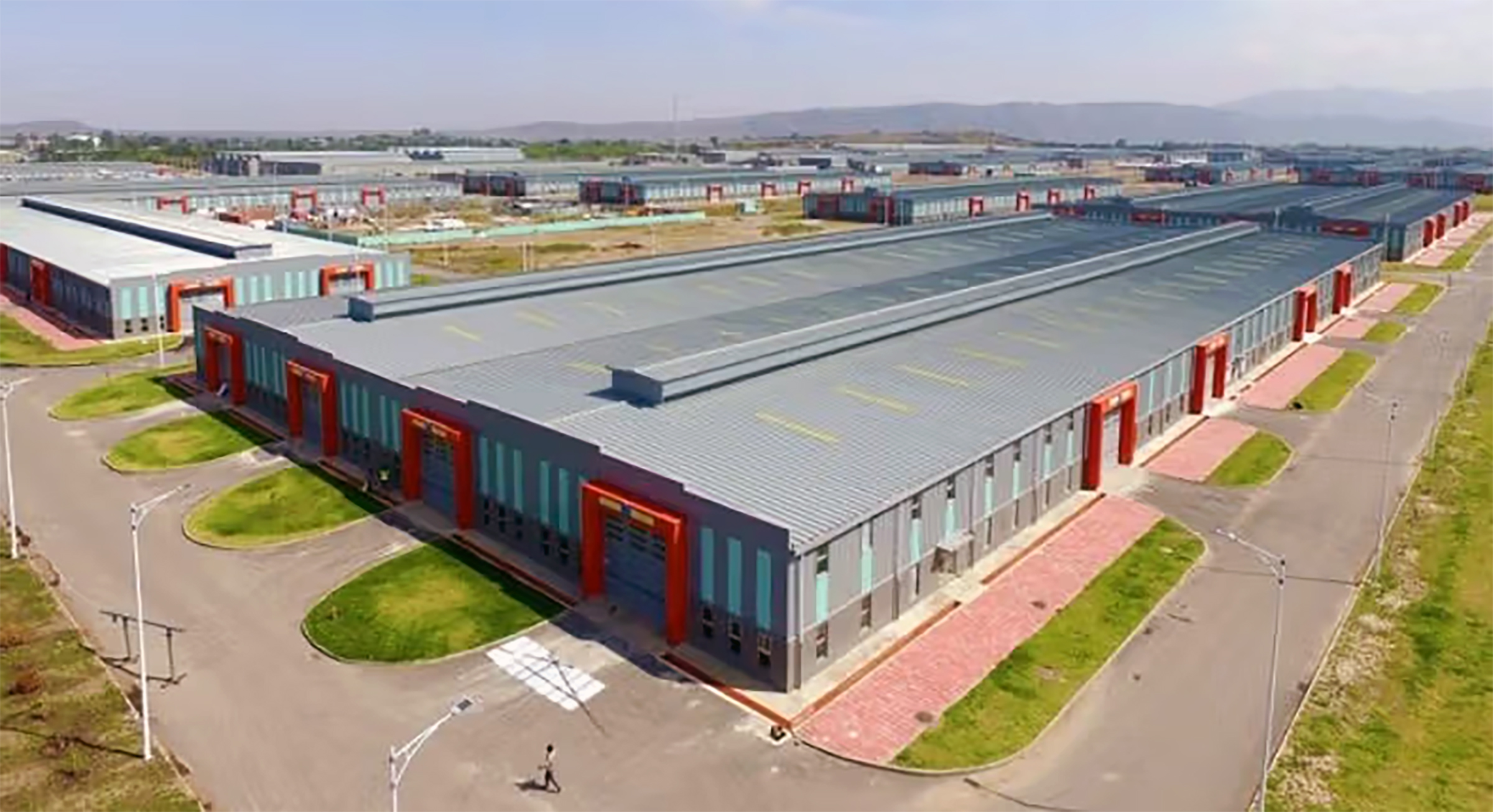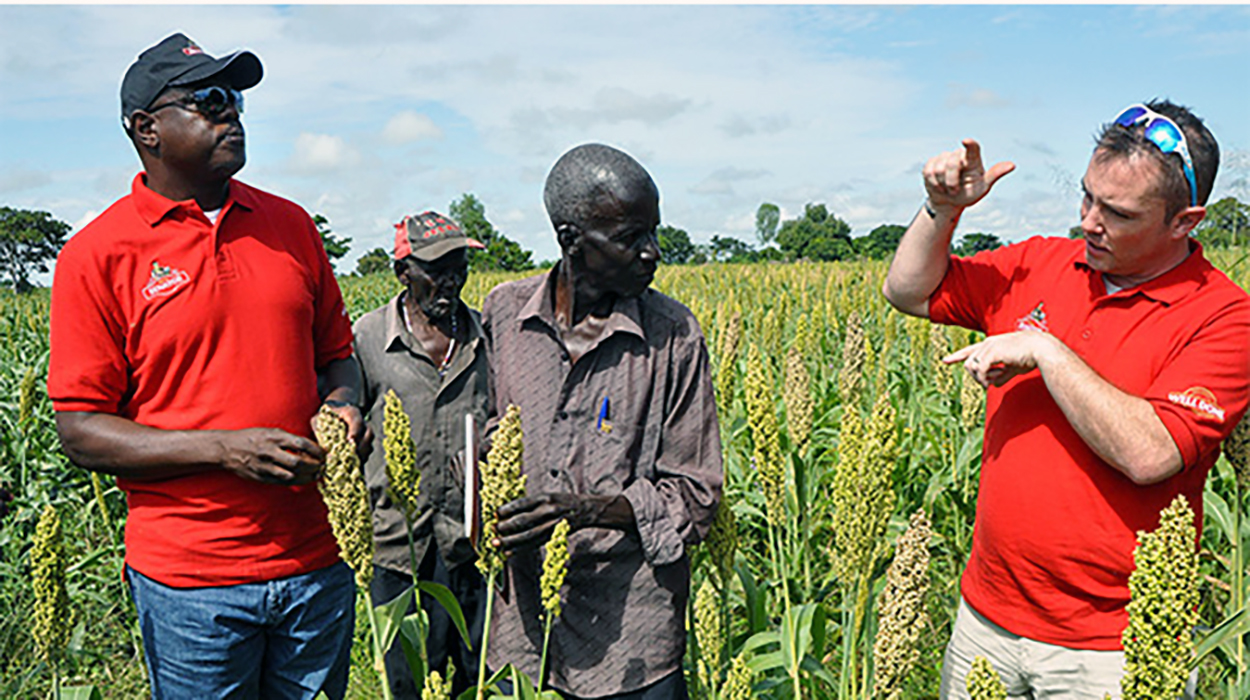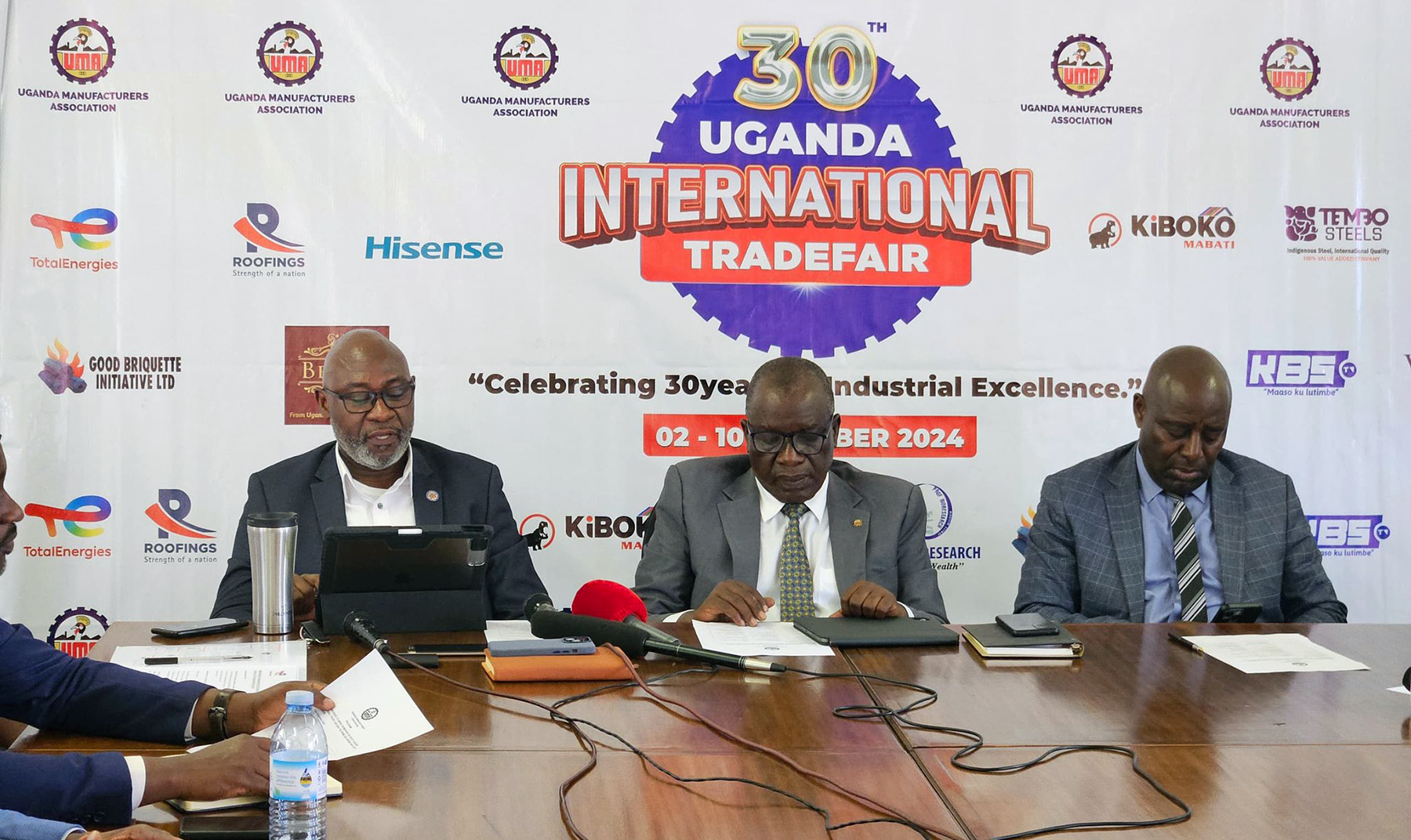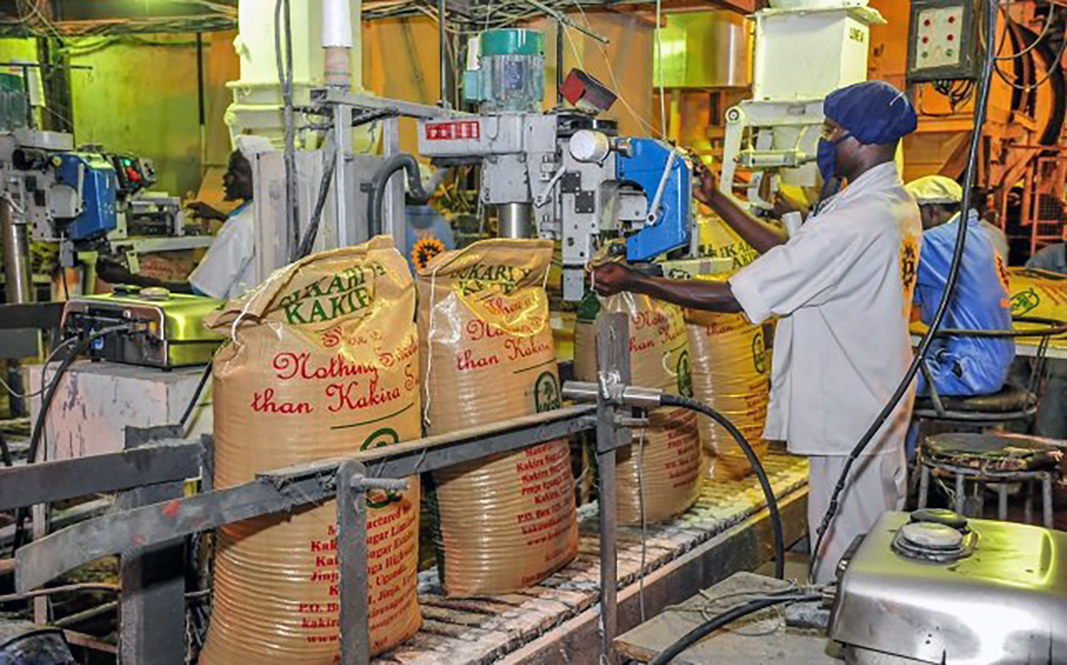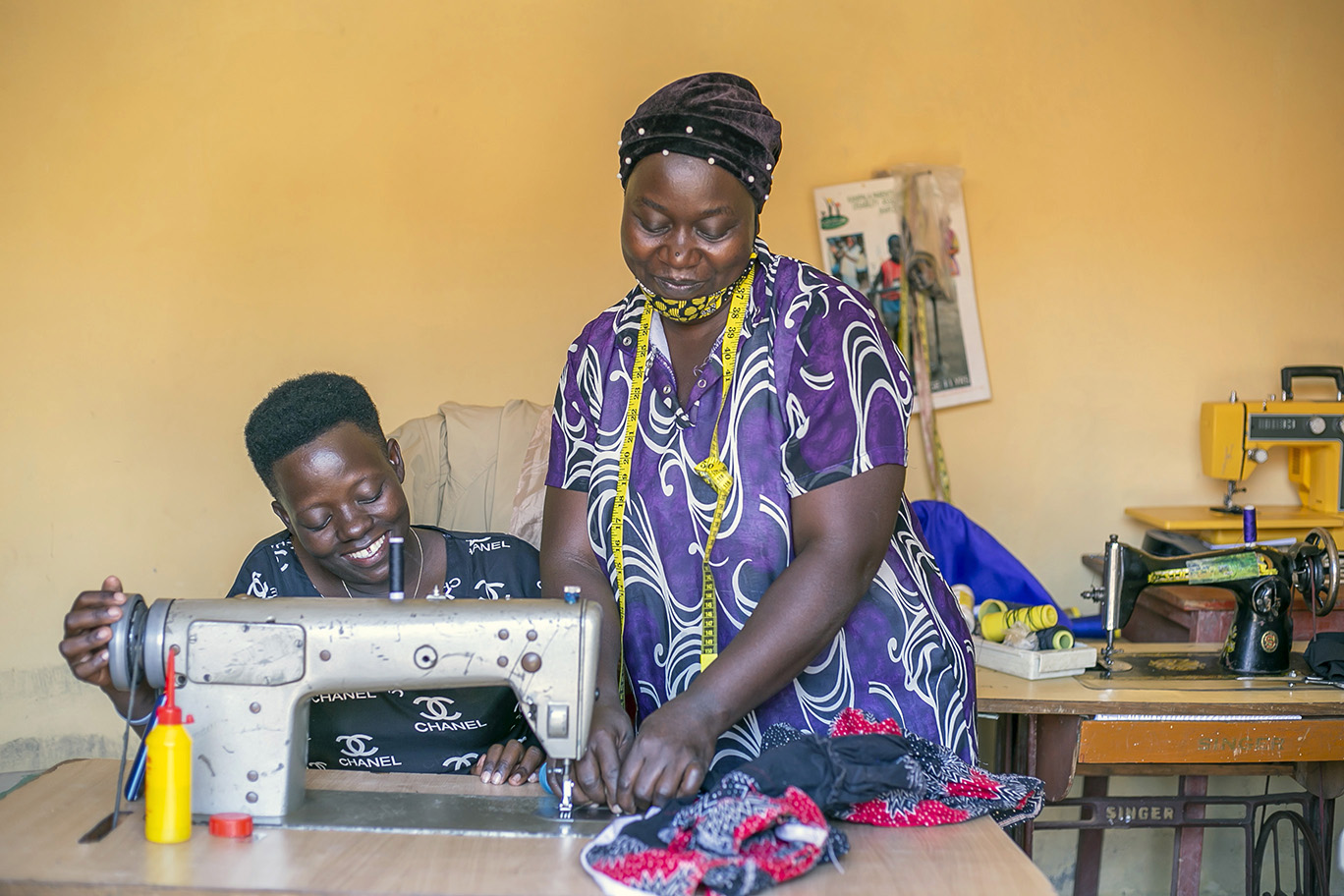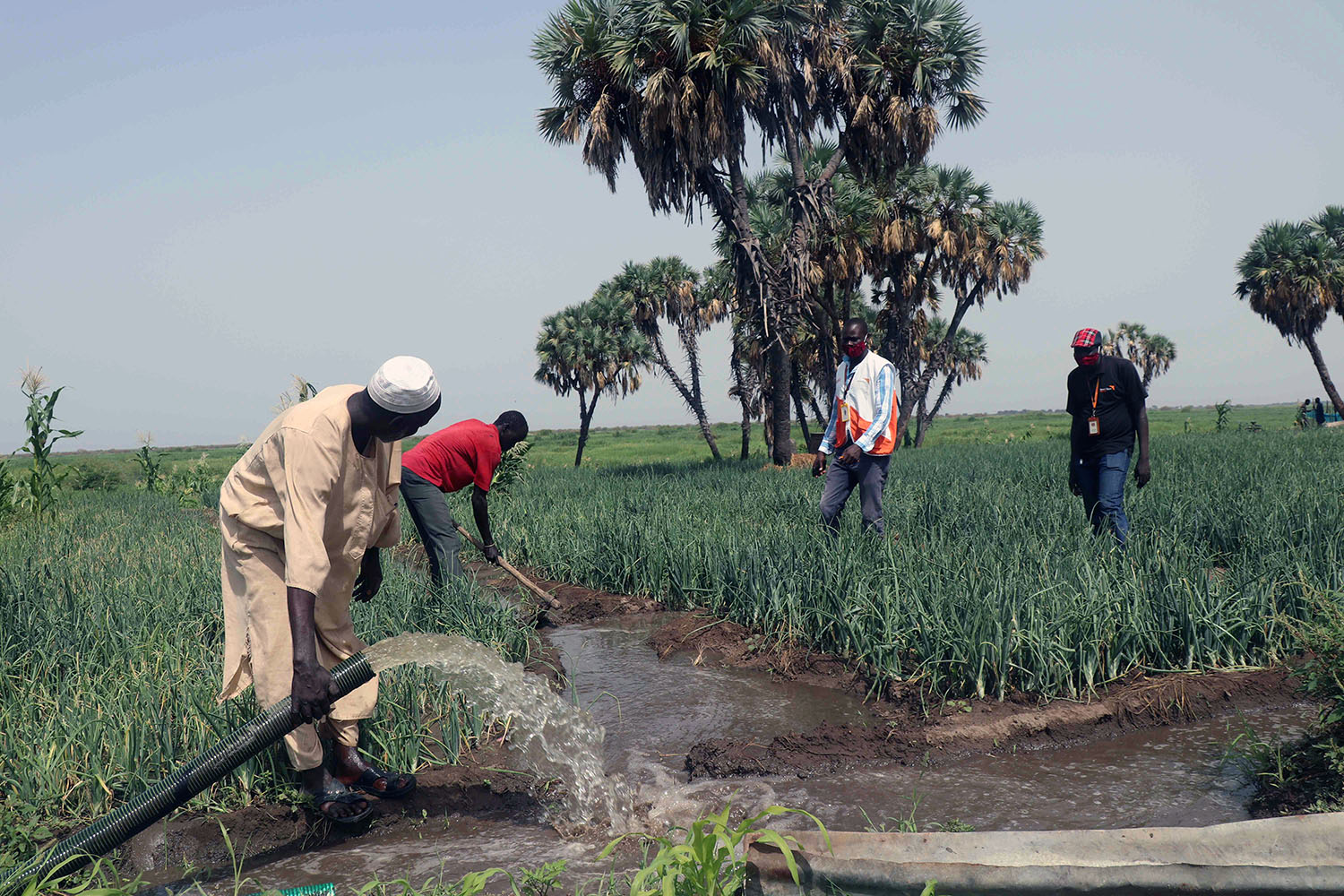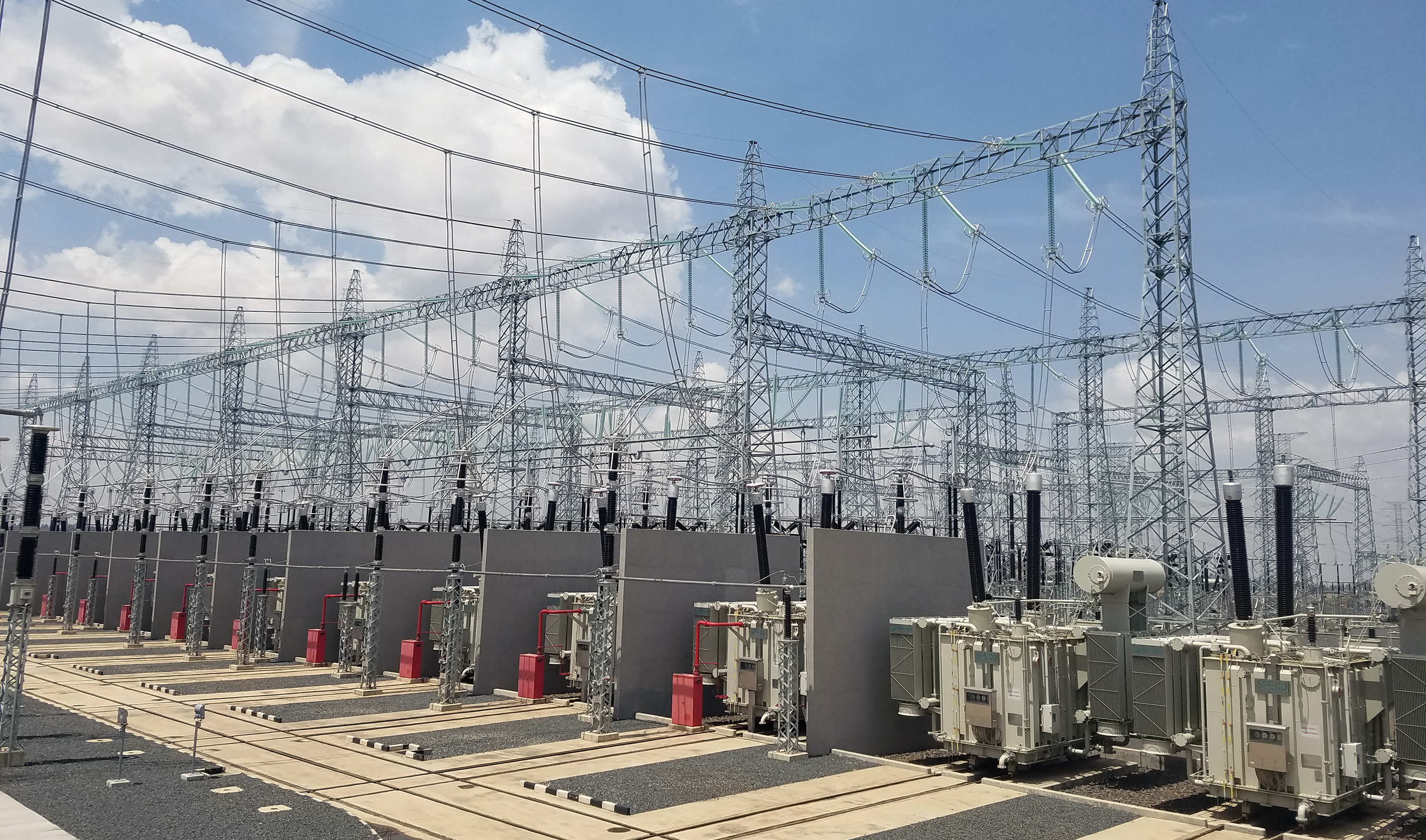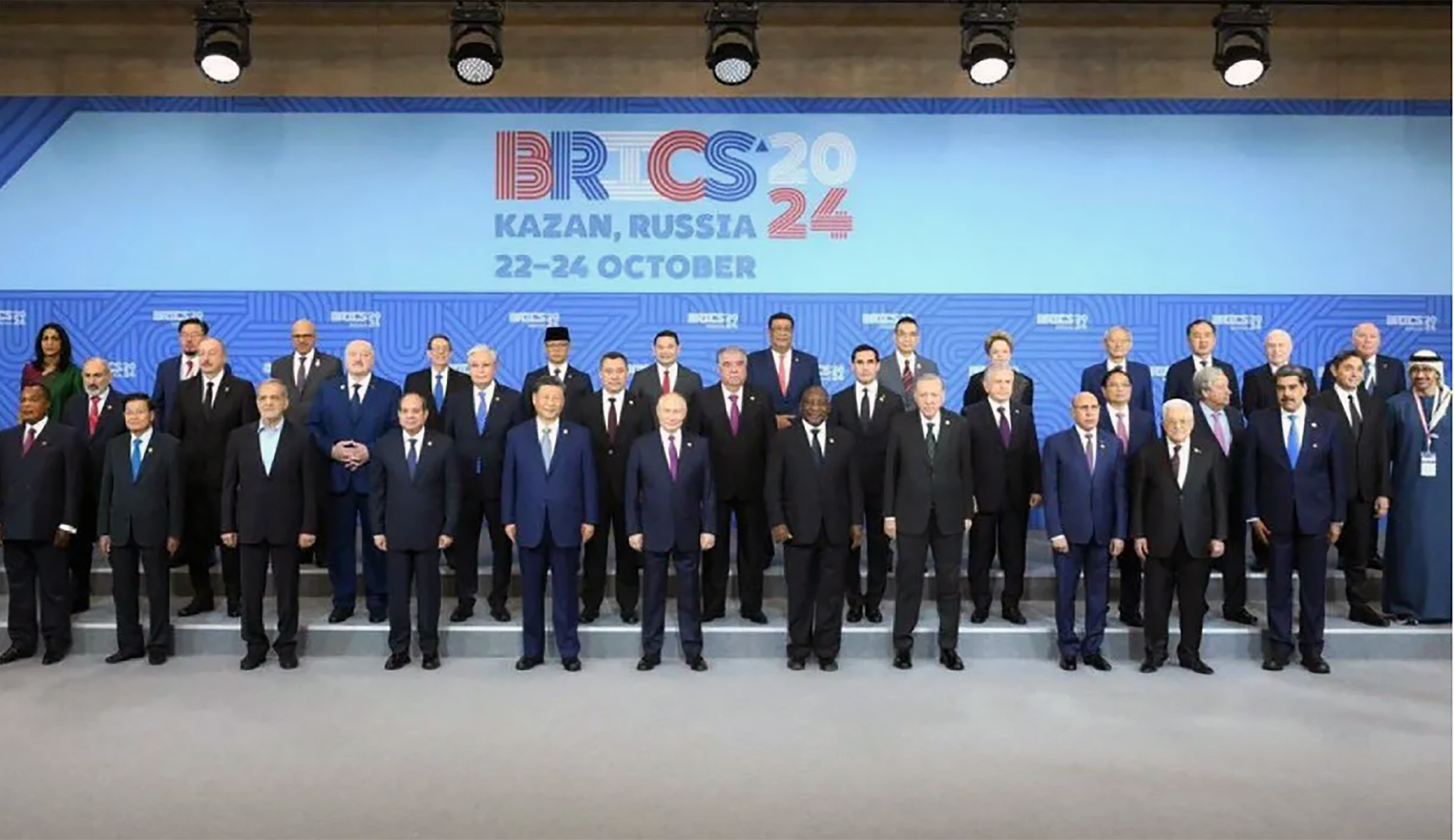Minister Anite revives minimum wage debate

Workers inside a textiles factory. The government is moving towards setting a national minimum wage for the various industries.
Uganda’s industrial sector is experiencing an unprecedented transformation, with far-reaching effects on job creation, economic growth, and the standard of living. The shift, which has seen the number of factories surge to over 50,000, has positioned industry as a key pillar in Uganda’s development strategy.
Evelyn Anite, the State Minister of Finance for Investment and Privatisation, says the industrial sector has now overtaken the public service in terms of employment. “Today, our country boasts over 50,000 factories, employing 1.2 million Ugandans, surpassing the total number of jobs in the public service (490,000),” she said. “Our sons and daughters are now manufacturing quality products that compete locally and beyond.”
Speaking at te Mbale Industrial Park recently, Anite underscored that this growth has had a profound impact on the lives of ordinary Ugandans. With over 1.2 million people directly employed and many more indirectly benefiting from industrial activities, the sector has created a ripple effect across various aspects of the economy.
- Data from the Uganda Bureau of Statistics (UBOS) shows that the contribution of industry to GDP increased from 26.3% in FY2018/19 to 28.5% in FY2023/24 - driven by expansion in manufacturing, agro-processing, and construction.
Disposable income among factory workers and suppliers has also improved, leading to increased consumer spending in rural and peri-urban communities. “This is the future we envisioned, led by industry, driven by Ugandans,” Anite added.
To match the pace of industrial growth with worker welfare, Anite revealed that the government is actively considering the implementation of a national minimum wage. “As we move toward implementing a national minimum wage, I’m curious to hear from you: What do you believe would be a fair and decent wage for our factory workers?” she asked.
- Currently, Uganda does not have a statutory national minimum wage, though the Minimum Wages Advisory Board has previously recommended UGX 136,000 per month, a figure considered outdated in today’s economic climate. Comparatively, some sectors such as floriculture and textiles offer as low as UGX 120,000 per month, while others, like beverages and cement, can pay upwards of UGX 300,000 depending on skill level and experience.
Labour rights activists argue that a revised minimum wage of at least UGX 250,000 would reflect the rising cost of living and motivate productivity in factories.
With over 22 industrial parks across the country and plans to expand to 25 by 2026, the government has created an enabling environment for both domestic and foreign investors. Key facilities like the Namanve Industrial Park, Soroti Fruit Factory, and Mbale Industrial Hub are already attracting significant private capital.
According to the Uganda Investment Authority (UIA), industrial investments grew from UGX 7.2 trillion (€1.7 billion) in 2020 to UGX 9.5 trillion (€2.2 billion) in 2024, with China, India, Turkey, and the UAE among the top sources of foreign direct investment in the sector.
Anite emphasized the government’s open-door policy: “I encourage all investors, current and prospective, to tap into the opportunities offered by the sector to be part of Uganda’s growth story.”
- The industrial boom has also contributed to reducing Uganda’s import bill. For instance, locally manufactured products now meet up to 48% of Uganda’s domestic demand for goods such as cement, steel, plastics, and pharmaceuticals, according to the Ministry of Trade, Industry and Cooperatives.
- Furthermore, the sector is embracing value addition to agricultural produce, a critical step in enhancing export revenues. Uganda exported manufactured goods worth over USD 1.5 billion in 2024, up from USD 1.1 billion in 2021.
With continued government support, strategic policy frameworks like the National Industrial Policy 2020, and the East African Community (EAC) market of over 300 million people, Uganda’s industrial sector is well-positioned for continued expansion.
Uganda’s industrial revolution is no longer a vision—it is a visible and measurable reality reshaping the economic landscape. The sector’s growth offers not just numbers, but stories of opportunity, innovation, and resilience. With over 1.2 million Ugandans already reaping the benefits and countless more to follow, the path toward inclusive, industry-led development is now clearer than ever.
As the government moves forward with discussions on worker welfare and fair wages, the balance between industrial competitiveness and decent living standards will be key to sustaining this momentum. Investors, workers, and policymakers must now collaborate to ensure that Uganda’s industrial story remains a model of inclusive economic transformation.



.jpg)

